Capasity building on vector-borne infections, B 1710
Project
|Last update
Capacity- and network-building on vector-borne diseases in the Barents region is needed due to microclimatic changes that may influence the northern distribution of ticks and mosquitoes.
Summary
Capasity- and network-building on vector-borne diseases in the Barents region is needed due to microclimatic changes that may influence the northern distribution of ticks and mosquitos. Norway and Russia have a common interest concerning distribution of vectors and pathogens. NIPH collaborates with 6 territories in Russia. Vector-borne pathogens; tick-borne encephalitis virus (TBEV), Inkoo virus (INKV) and other pathogens from ticks and mosquitoes, may cause fever, encephalitis and immunological conditions in humans and animals. These may be a threat to global biodiversity, eco-systems, wildlife, animal- and human health. The strong network and gained experiences from the previous project are beneficial. In times with difficult relationship between our countries it is important to maintain the good professional collaboration.
Project leader
Åshild Kristine Andreassen, Norwegian Institute of Public Health
Project participants
Kristin Skarsfjord Edgar, Norwegian Institute of Public Health
Arnulf Soleng, Norwegian Institute of Public Health
Nikolay Tokarevich, Russia
Elena Torgersen, Norwegian Institute of Public Health
Rose Vikse, Norwegian Institute of Public Health
Start
30.11.2017
End
31.12.2022
Status
Concluded
Project owner/ Project manager
Norwegian Institute of Public Health

